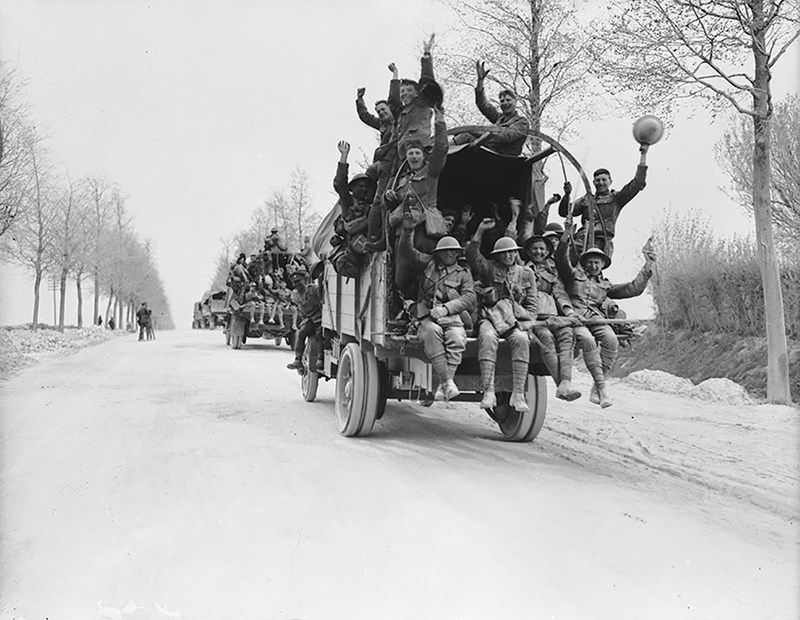Journal Staff
Ceremonies are being held across Canada and in France this weekend to commemorate the 100th anniversary of the Battle of Vimy Ridge.
Sarnians have done their part, having already organized a cenotaph ceremony, commemorative dinner, wreath-laying, bench dedication and tree planting.
What’s more, residents purchased a remarkable 3,800 Vimy Memorial Pins in support of the Vimy Foundation and Sarnia Historical Society.
Vimy Ridge was not the most strategically important battle won by the Canadian Corps in the First World War, but it was a defining one.
In fact, if there’s a single moment in Canadian history in which our identity as an independent nation solidified, it was likely Vimy.
On that fateful day in 1917, Canadian troops succeeded in securing the German-occupied ridge for the Allies after several failed attempts by the French. What marked it as a turning point in our nation’s history is that it was the first time all four divisions of the Canadian Expeditionary Force jointly participated in a battle. Troops came from all across the country to fight as one.
The Battle of Vimy Ridge was fought on April 9, an Easter Monday, in wind, snow and sleet, with the first assault troops advancing up the slope in side-by-side formation at 5:30 a.m.
The Canadians’ success can be attributed to meticulous planning, powerful artillery support and extensive training. But paramount were the personal acts of bravery.
According to war historian Tim Cook, there were “countless acts of sacrifice, as Canadians single-handedly charged machine-gun nests or forced the surrender of Germans in protective dugouts.”
Among the 3,598 Canadian fatalities were four Sarnia men — Frederick Johnson, David Montgomery, David Kerr and Roy Lumley — whose sacrifice will not be forgotten.
Several years after the war was won, France allotted 107 hectares of land atop the former battleground to Canada to be used as a park and war memorial.
Unveiled in 1936, the Canadian National Vimy Memorial is engraved with the names of the 11,285 Canadians who were fatally wounded in France during the First World War and who have no other known marked grave.
This memorial of Canadian achievement and unity decorates the back of our $20 bill.
